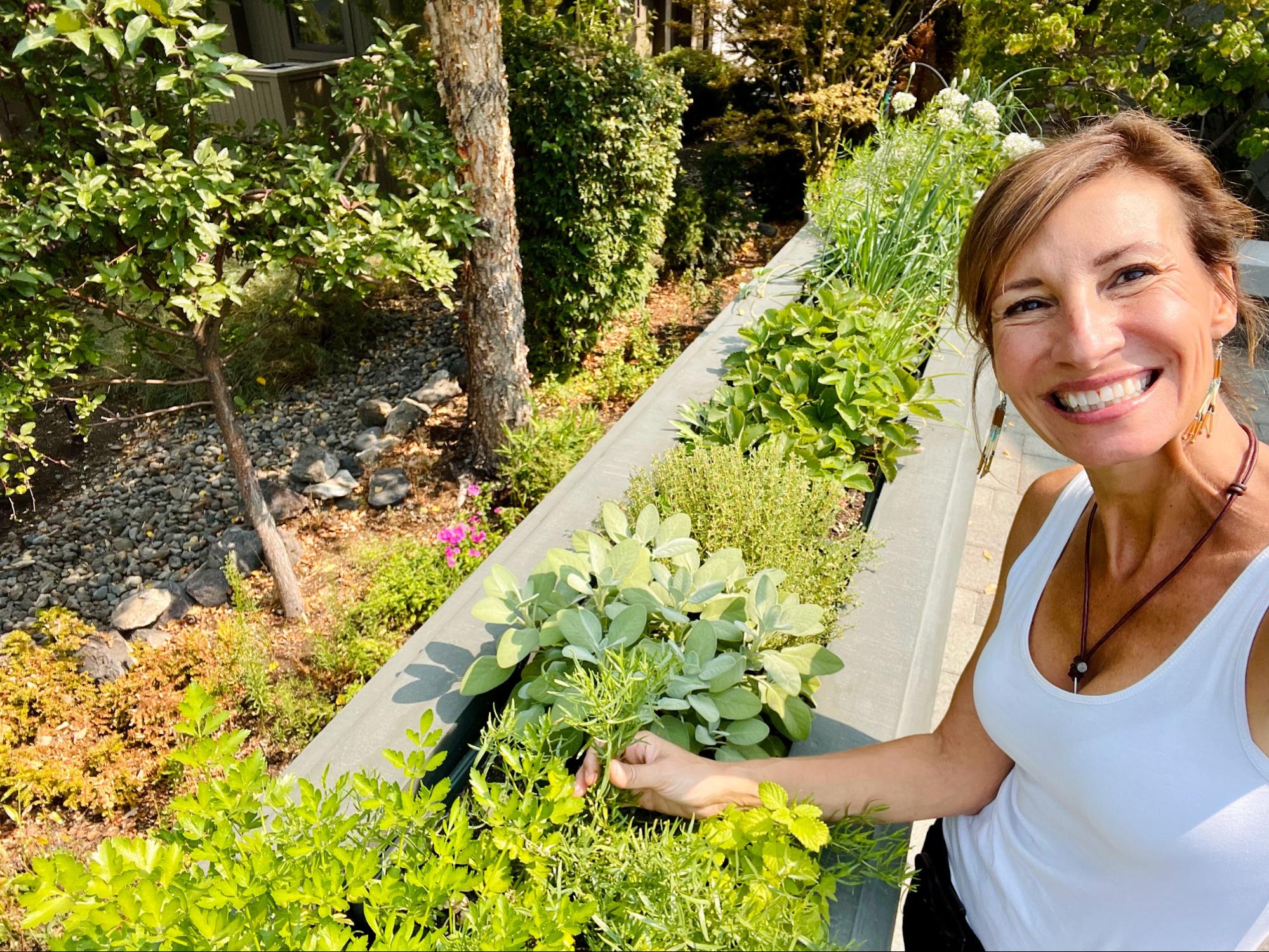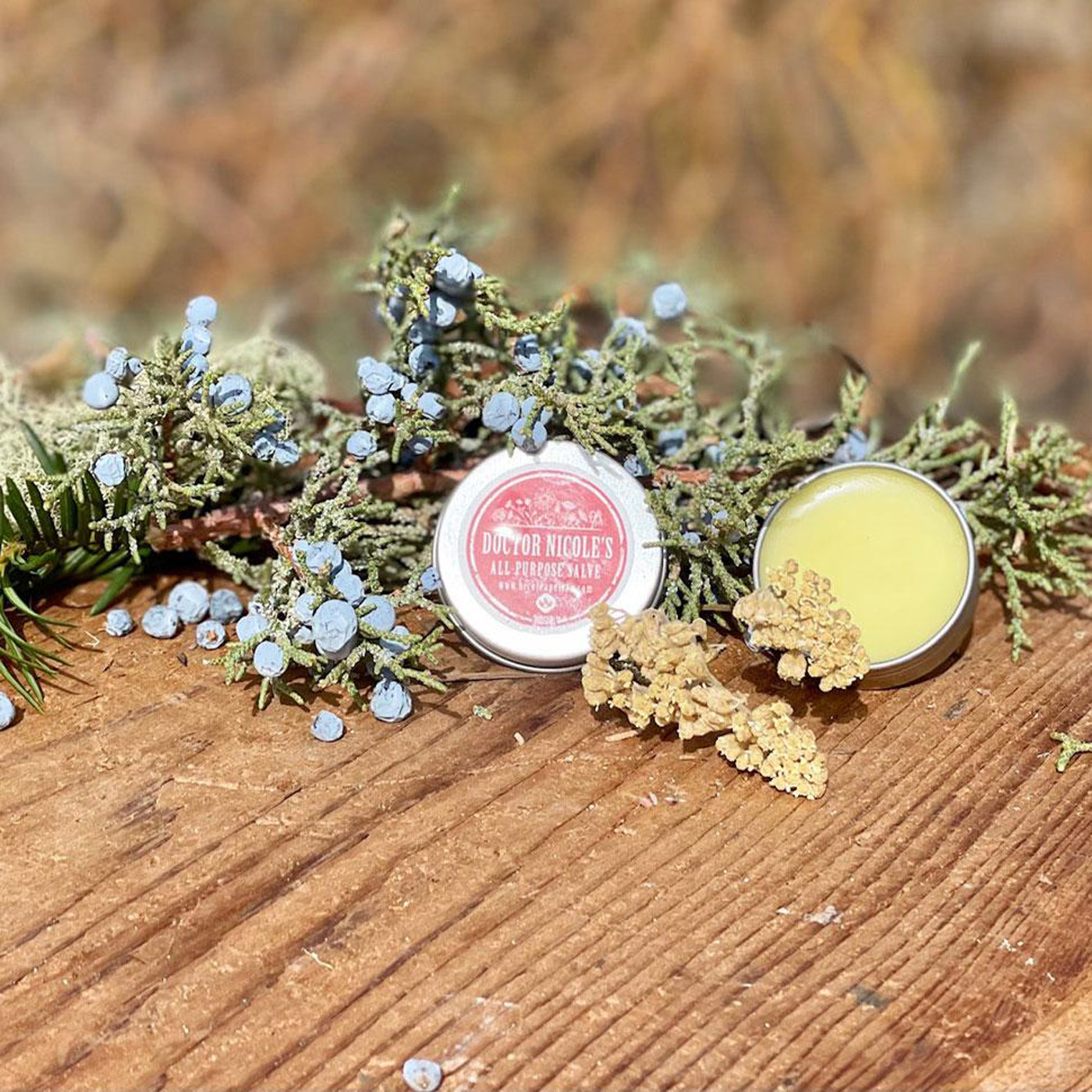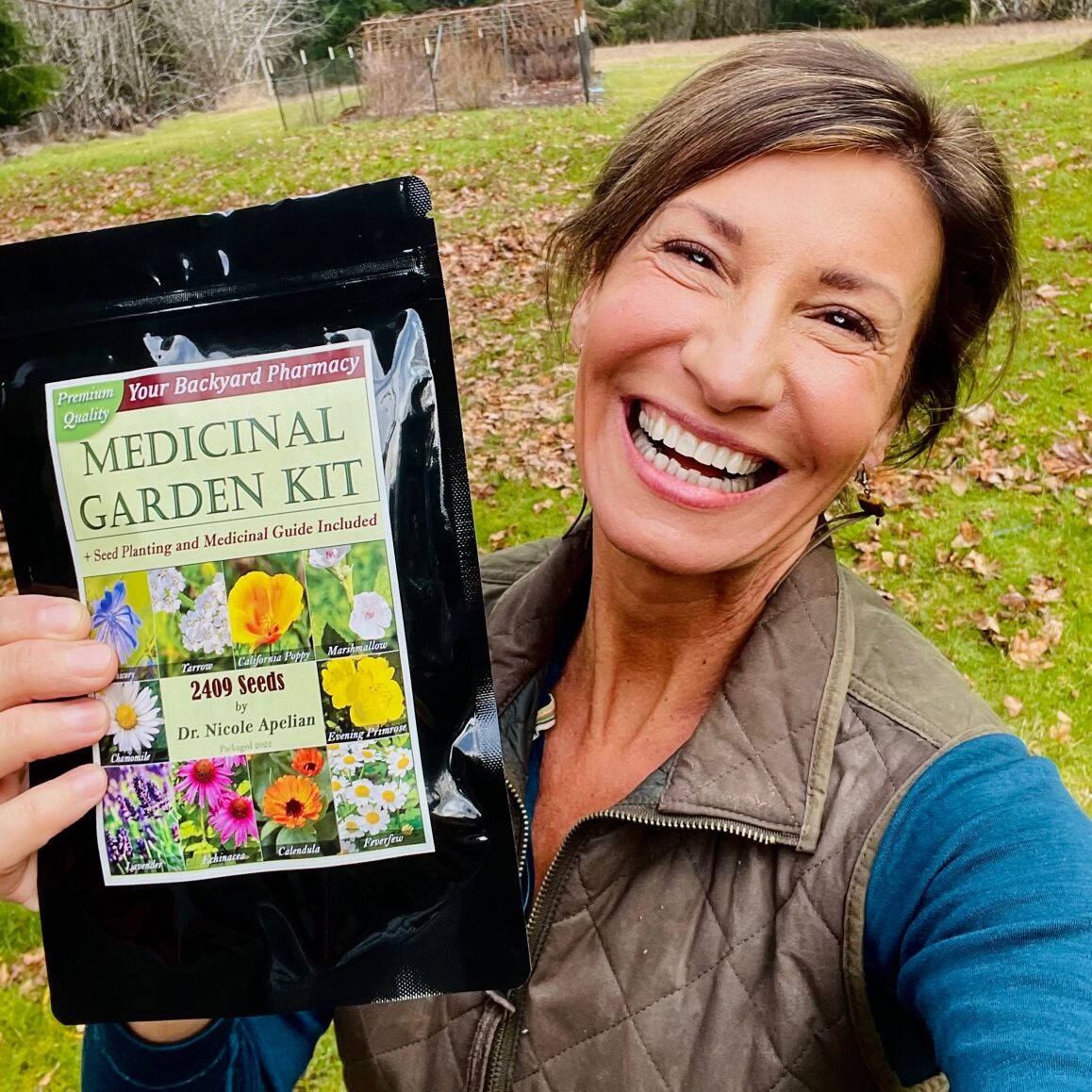Exploring the Full Spectrum of Drought Resistant Crops
As more areas around the world struggle with drought and rising temperatures, researchers are turning to food crops that are resilient to circumstances that would typically challenge the average plant. Some you may recognize as your day-to-day vegetables. Others may seem exotic even though they have been a traditional food source for thousands of years, only to have fallen out of favor in the last century. Here we will explore the full spectrum — including medicinal herbs that you can grow yourself in the most seemingly inhospitable conditions.
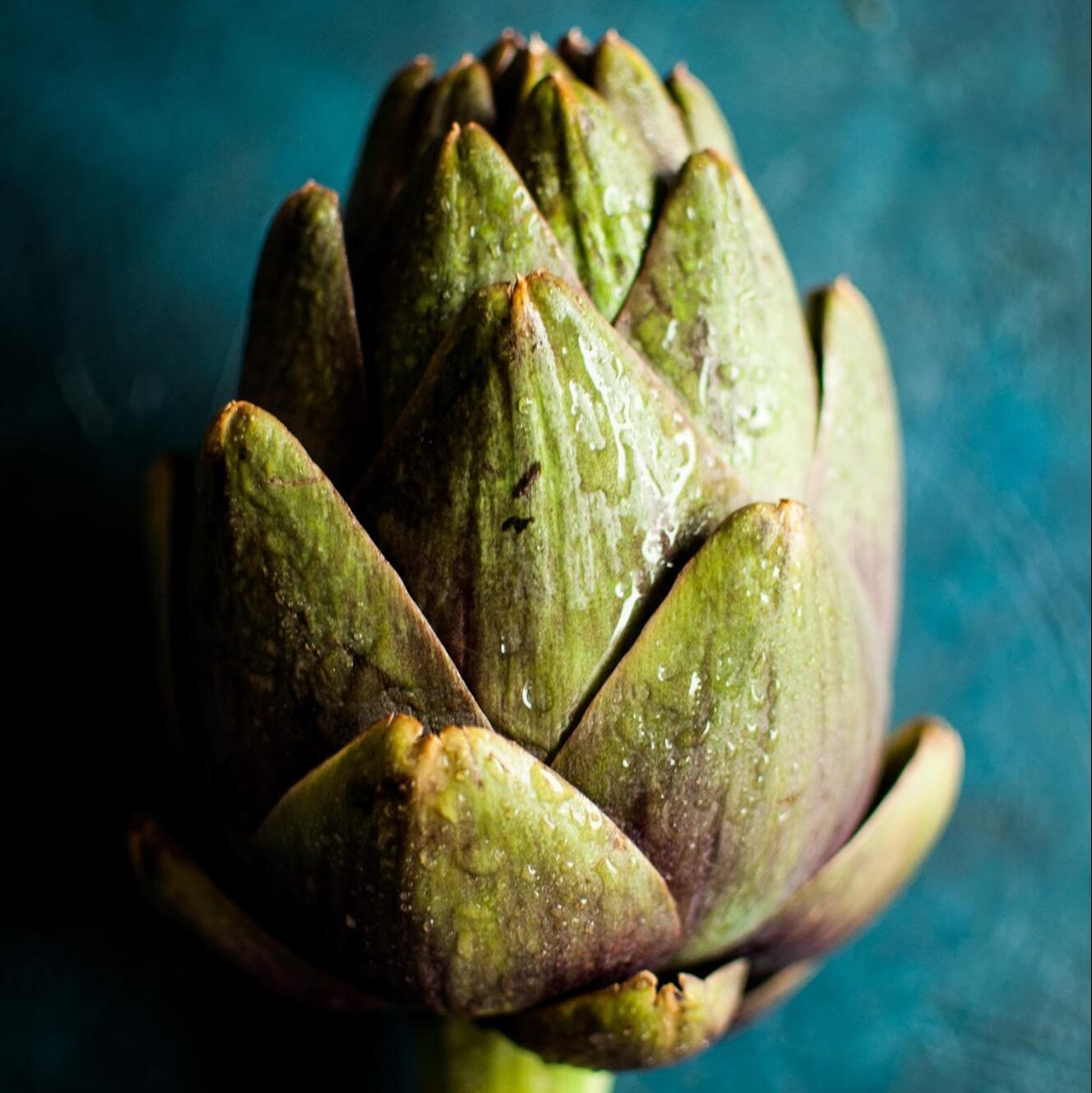
Vegetables
Some of the best vegetables to grow when water is scarce are artichoke, Brussels sprout, sea kale, cabbage, goosefoot, potato, turnips, red beet, sweet potato, rutabaga, and Jerusalem artichoke.
A special note about taro. Typically only found in tropical environments, US farmers have been experimenting with creating a taro variety that is adapted to cold winters. The Utopian Seed Project in North Carolina has developed eight varieties of taro through selective breeding along this line.
“We want to introduce taro because we truly believe that that will give us a more secure food system,” Smith says. “But the beautiful byproduct is that that also allows us to engage with foods that are traditionally from either Indigenous or peasant farming communities. And I think it really gives those traditionally underserved populations an opportunity to engage with the food system that they don’t usually get.”1
Beans
Interestingly, the following bean crops become more productive in drought conditions:
- Lentil
- Peas
- Chickpeas
- Edamame
One type of bean can be particularly important during times of drought: cowpeas, otherwise known as black-eyed peas. They were once a staple crop in the United States that were grown primarily to feed livestock as hay. But the entire plant is edible and high in protein for people too — from the leaves and pods to more commonly the seeds (beans). It is also highly drought-tolerant, making it a widely grown staple crop in Africa. Latin American farmers also have their eye on cowpeas as a hearty alternative to pinto and black beans that are becoming increasingly difficult to grow.

Grains
With water-intensive crops such as wheat, corn, and rice dominating the world’s dinner plate, we may tend to overlook other grains that are not only drought-tolerant, but also exceedingly nutritious. Two are ancient grains that have naturally evolved to be resilient, while another is a relative newcomer onto the scene that has been specifically cultivated to withstand drought conditions and a warming climate through traditional plant breeding techniques that do not involve genetically modified organisms.
One traditional grain that has caught the attention of both farmers and scientists is amaranth. Importantly, the entire plant is edible. A striking plant that can grow up to eight feet (2.44 m) tall, the stalks have beautiful plumes that can vary in color from red and orange to green. The seed can be ground into flour, cooked as a porridge, or toasted and enjoyed with milk. The leaves are delicious stir-fried or sautéed. Amaranth is also a complete protein with all nine essential amino acids. What’s more, it’s gluten-free and an excellent source of antioxidants, minerals, and vitamins. As with all of the plants on this list, it is drought-tolerant and also very easy to grow. In fact, it is considered a weed by many.
Another ancient grain is fonio. Particularly resilient to water-strapped regions in Africa, this type of millet is nutritious, filling, and fast growing (incredibly, it can be harvested in as little as six weeks). It is also low glycemic and gluten-free. As an added advantage it grows well in poor soil and tastes like a nuttier version of quinoa.
However, fonio is facing the same issue as quinoa: namely, as popularity grows for this unique grain abroad, so does demand for exports to the point where local communities who have traditionally relied on the grain can no longer afford to purchase it for themselves. One solution to this dilemma is to grow this grain yourself and encourage local cultivation — whether in Africa or another continent around the world.
A different approach to drought-tolerance is found with Kernza. Bred from a wild perennial grass at The Land Institute in Kansas, USA, their aim is to create an eco-friendly crop that can help to off-set water intensive wheat production. After 20 years of patient development, they believe Kernza has the potential to yield as much grain as wheat in the near future.
Interestingly, the plant doesn’t necessarily use less water — it’s just better at accessing and retaining it. Kernza is also a perennial, so it doesn’t need to be replanted every year. This offers significant benefits to farmers and the soil alike as the stable and deeply rooted system supports a variety of micro-organisms that help to encourage nutrient retention, while also preventing soil erosion.
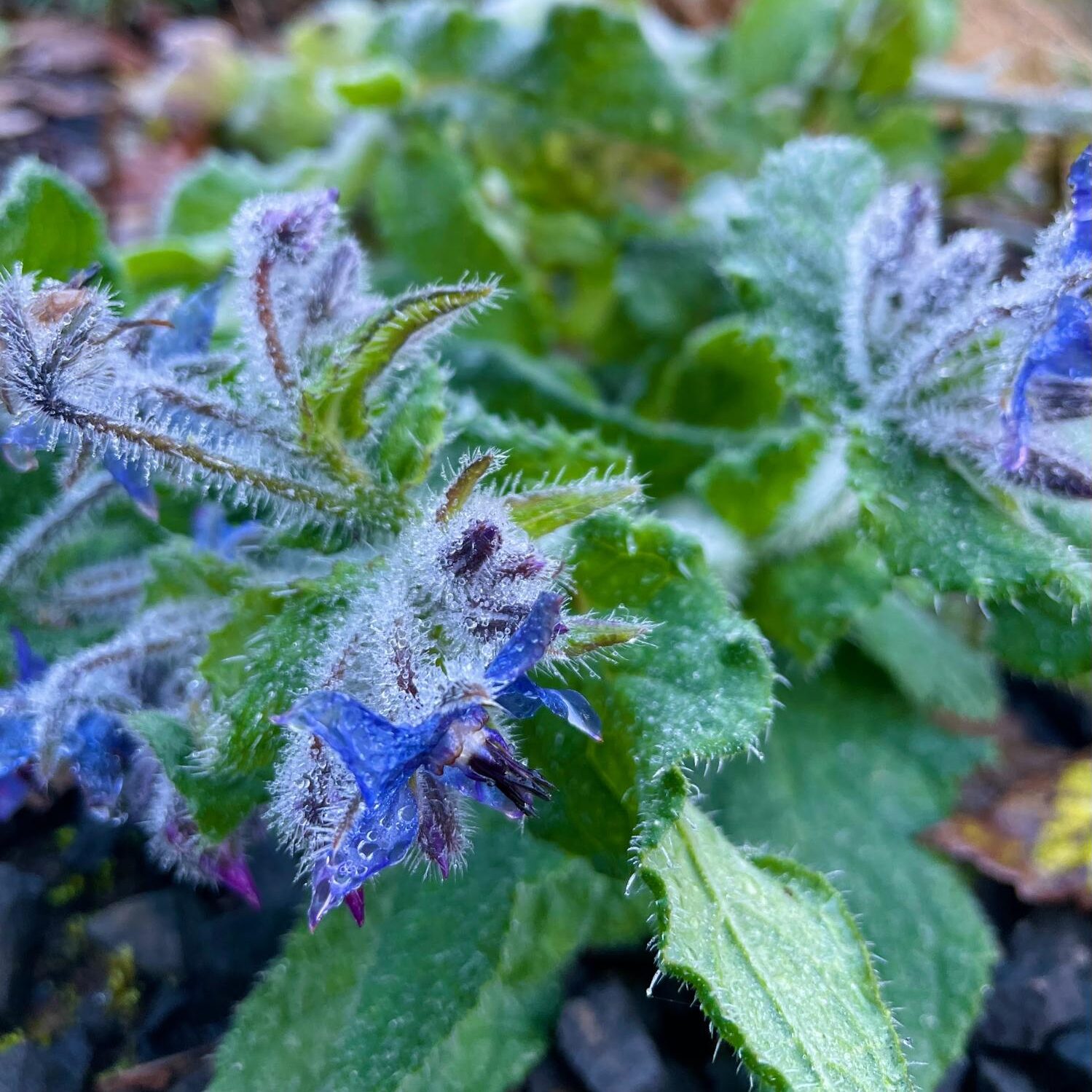
Medicinal & Culinary Herbs
Don’t forget about another class of plant that offers beauty, medicinal value, and flavor: herbs! Some of the best drought-tolerant varieties include:
- Borage
- Oregano
- Rosemary
- Basil
- Dill
- Lovage
- Mint
- Chives
- Sage
- Lemon Balm
- Thyme
- Marjoram
- Sorrel
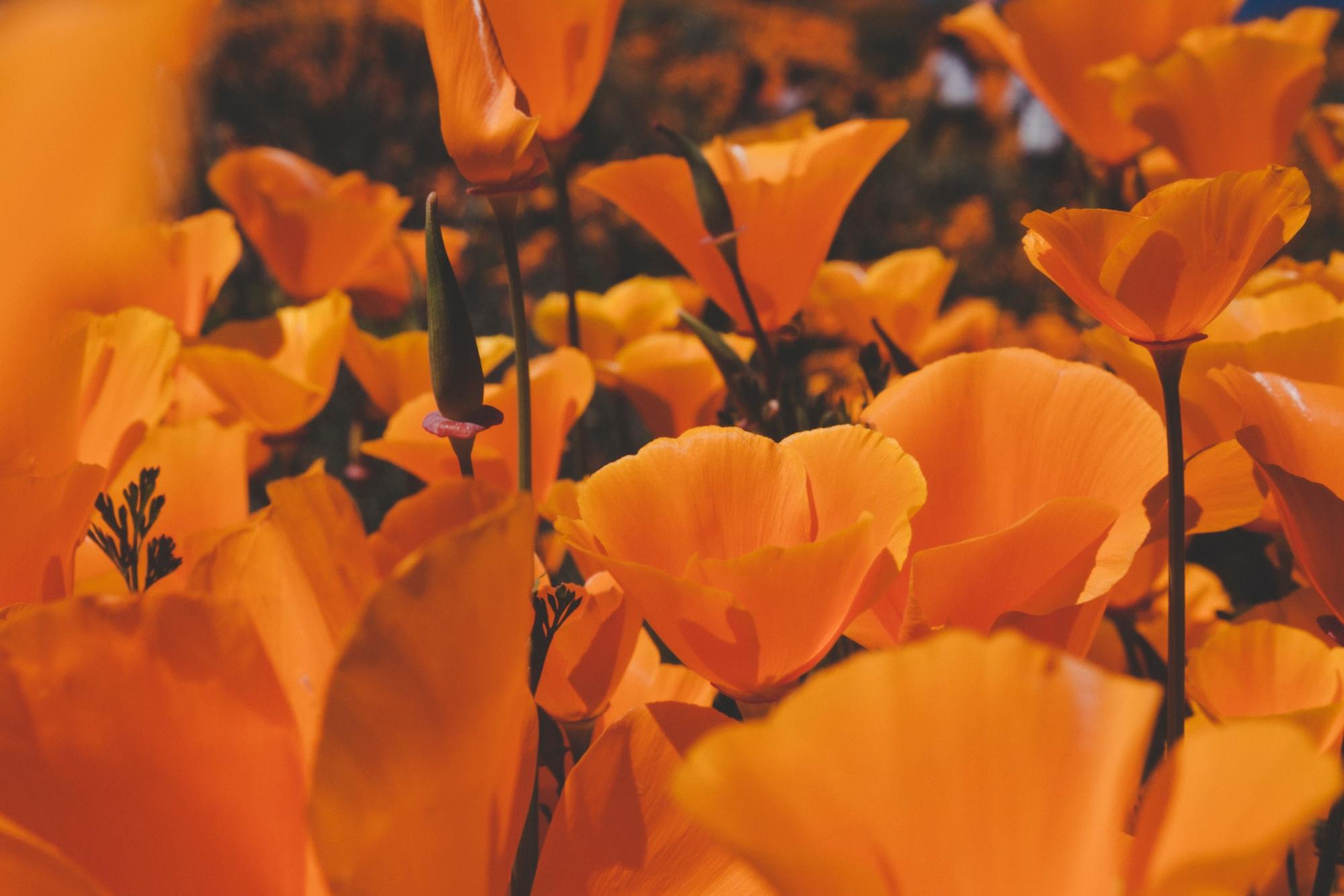
Cultivating a Backyard Pharmacy With Drought-Resistant Medicinal Herbs
Not surprisingly, I always recommend saving space in your garden to grow medicinal herbs. Not only are they beautiful and oftentimes fragrant, but also brimming with antioxidants and bioactive compounds that can stave off illness — or treat it outright.
In times of uncertainty, it gives me peace of mind to know I have an easily accessible natural medicine chest growing right outside my door — and I want you to have this same sense of ease too!
This is why I created our Medicinal Seed Garden Kit. It takes the guesswork out of cultivating a medicinal herb garden with ten, easy-to-grow plants that are largely drought-tolerant (with the exception of marshmallow, though it grows wonderfully in my high desert garden).
Yarrow: Stops internal and external bleeding, swelling, varicose veins, toothaches, burns, cuts, bruises, insect bites, menstrual cramps, heartburn, and digestive upset. It is also antibacterial and can be used for sprains, dental pain, fevers, colds, and measles. Yarrow is such a powerful herb that I include it in my All-Purpose (First Aid) Salve.
Chicory: Pain relief, improved digestion, adrenal fatigue, sinus health, anti-fungal, and liver-protecting.
California Poppy: Sleep, stress relief, PTSD, insomnia, analgesic.
Marshmallow: Gut inflammation, stomach ulcers, Crohn’s disease, antibacterial, irritable bowel syndrome, constipation, indigestion, heartburn.
Chamomile: Sciatica, rheumatic pain, eczema, hemorrhoids, irritated eyes, upset stomach, sore muscles and joints, wounds, nervous tension.
Evening Primrose: Skin health, bruises, digestive upset, mood swings, coughs, sore throat, rashes, hormonal imbalance, nerve pain.
Lavender: Anxiety, depression, hair loss, insomnia, fungal infections, acne, dry skin, psoriasis, cracked skin, insect repellant, calming.
Echinacea: Immune stimulating, antiseptic, inflammation, aches and pains, antimicrobial.
Calendula: Cleanses the lymphatic system, wounds, scars, rashes, sore throat, mouth ulcers, burns, irritated eyes and stomach, skin ulcers, eczema, anti-inflammatory.
Feverfew: While considered a drought-tolerant plant once established, it does need to be watered regularly — about one-inch of water per week. It is helpful for migraines, headaches, inflammation, painful joints, neuropathy, insect repellant, eczema, rosacea, acne, and bruised skin.
These herbs can either be used fresh or preserved for later use. My family takes advantage of the bounty in summertime to make tinctures, salves, and more. It’s a busy time in my household! But well worth the effort to have our herbal medicine chest stocked with tinctures that will last up to five years and salves that will last up to three.
Are you ready to dive into the world of natural medicine? My kit makes it easy — even for those who have never grown a garden before!
The seeds are open pollinated, non-GMO, heirloom, and grown/packaged in the USA. Detailed instructions for planting, growing, and harvesting are included. You will also receive a guide that shows you how to turn your medicinal plants into tinctures, ointments, salves, poultices, decoctions, infusions, and essential oils.
If you live in the USA, this kit is for you. Tap here to learn more!
Nicole Apelian
Products in this Post
(These will open external links)
References
- “Diet for a hotter climate: five plants that could help feed the world” Cecilia Nowell, The Guardian, August 20, 2022.

